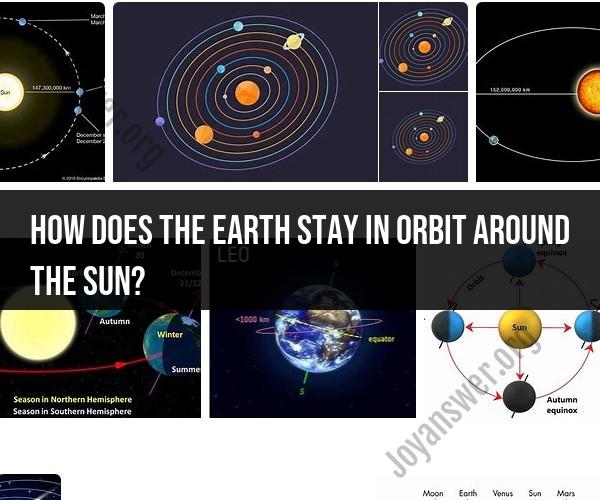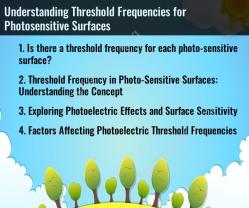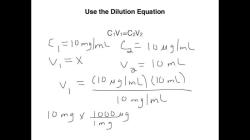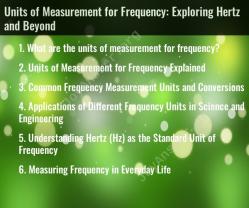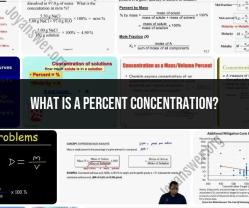How does the Earth stay in orbit around the Sun?
The Earth stays in orbit around the Sun due to the delicate balance between the gravitational force pulling the Earth toward the Sun and the Earth's inertia, which resists changes in motion. This balance is described by Newton's law of universal gravitation and his laws of motion. Here's a detailed explanation of how it works:
Gravitational Attraction: The Sun exerts a gravitational force on all objects around it, including the Earth. This gravitational force is determined by two factors: the mass of the Sun and the distance between the Sun and the Earth. The greater the mass of the Sun and the closer the Earth is to it, the stronger the gravitational force.
Inertia: Inertia is an object's tendency to maintain its state of motion. In the case of the Earth, it is moving in a straight line at a constant speed. Without any external forces acting on it, the Earth would continue moving in a straight line forever due to its inertia, following Newton's first law of motion.
Centripetal Force: The Earth's inertia causes it to move in a straight line, but the gravitational force of the Sun acts as a centripetal force. A centripetal force is a force that acts perpendicular to an object's motion and keeps it moving in a curved path. In this case, the gravitational force from the Sun acts as the centripetal force, continuously pulling the Earth toward the Sun.
Orbital Motion: The combination of the Earth's forward motion and the gravitational pull from the Sun results in a curved path for the Earth. This curved path is an elliptical orbit. An elliptical orbit is a stretched-out circle, and it is the natural result of the balance between the Earth's inertia and the Sun's gravity.
Stable Orbit: The Earth is in a stable orbit around the Sun because the gravitational force pulling it toward the Sun is precisely balanced by the Earth's forward motion. If the Earth were too close to the Sun, the gravitational force would be too strong, causing the Earth to spiral inward. If it were too far from the Sun, the gravitational force would be too weak, causing the Earth to move away. In both cases, the balance would be disrupted, and the orbit would not be stable.
In summary, the Earth stays in orbit around the Sun because the gravitational attraction from the Sun continually pulls it toward the Sun while the Earth's inertia resists changes in its motion. This delicate balance results in the Earth following a curved path, known as an orbit, around the Sun. This fundamental concept is central to our understanding of planetary motion and is described by Isaac Newton's laws of motion and gravitation.
Earth's Orbit Around the Sun: Grasping the Mechanism
Earth orbits the Sun because of gravity. Gravity is a force that attracts any two objects with mass. The more mass an object has, the stronger its gravity. The Sun has a lot of mass, so it has a very strong gravitational pull.
Earth is constantly falling towards the Sun, but it is also moving forward at a very high speed. This forward motion keeps Earth from falling into the Sun. Instead, it orbits the Sun in a circular path.
The Dance of Celestial Bodies: How Earth Stays in Orbit
The Earth's orbit around the Sun is like a dance. The Earth is constantly moving, but it is always in balance with the Sun's gravity. If the Earth were to move too close to the Sun, the Sun's gravity would pull it in. If the Earth were to move too far away from the Sun, the Sun's gravity would not be strong enough to hold it in orbit.
The Earth's orbit is also affected by the gravity of other planets in our solar system. For example, Jupiter is the largest planet in our solar system, so it has a strong gravitational pull. Jupiter's gravity can slightly affect the Earth's orbit, but it is not enough to pull the Earth out of orbit.
Orbital Dynamics: Keeping Earth in Its Path Around the Sun
Orbital dynamics is the study of how objects move under the influence of gravity. It is a complex subject, but there are a few basic principles that can help us to understand how the Earth stays in orbit around the Sun.
One important principle is that objects in orbit are constantly falling. However, they are also moving forward at a very high speed. This forward motion keeps them from hitting the object they are orbiting.
Another important principle is that the closer an object is to another object, the stronger the gravitational pull between the two objects. This is why the Earth's orbit is not a perfect circle. The Earth's orbit is slightly elliptical, meaning that it is closer to the Sun at some points of the year than it is at other points of the year.
The Earth's orbit is also affected by the gravity of other objects in the solar system. However, the Sun's gravity is so much stronger than the gravity of other objects that it keeps the Earth in orbit around the Sun.
Conclusion
The Earth's orbit around the Sun is a complex phenomenon, but it is governed by the basic laws of physics. Gravity is the force that keeps the Earth in orbit, and orbital dynamics helps us to understand how the Earth moves under the influence of gravity.
